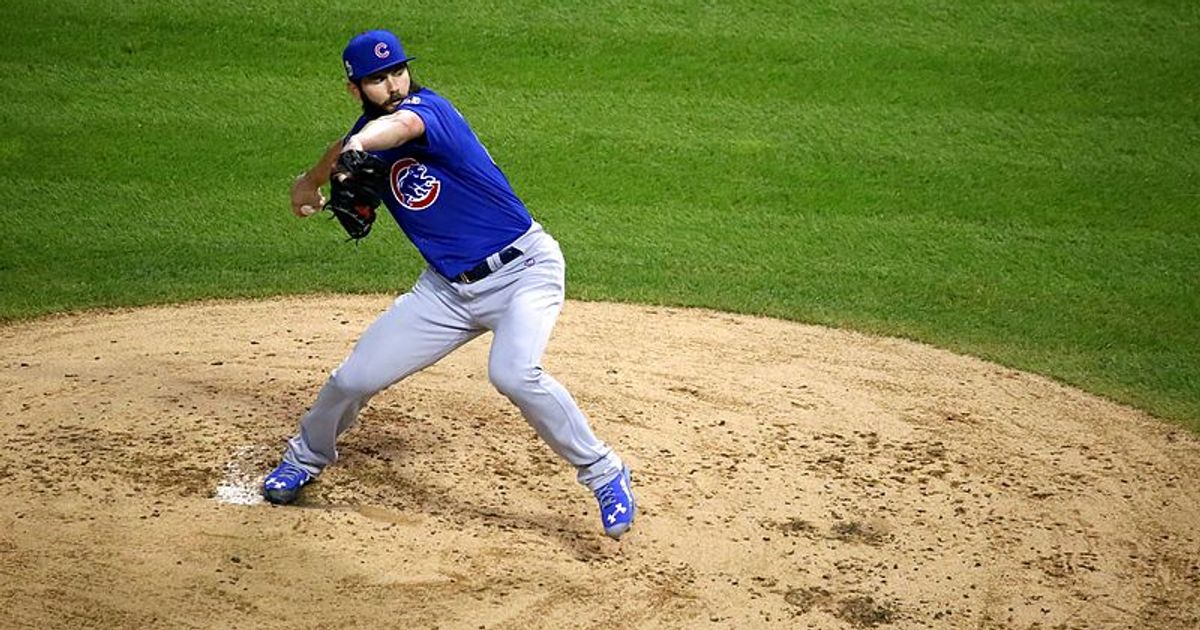(Photo Credit: Arturo Pardavila III)
To say it's been a cold offseason would be an understatement.
It's March, the bridge between the last remnants of winter and the first days of spring. Spring Training is in full effect, the rust melted by the sweat of the players beneath a full Florida or Arizona sun. Opening Day lingers on the horizon, March 29th marked by a circle of red ink.
The rosters are submitted though there may be a few changes here and there as the season progresses. And yet, it doesn't take long to notice a few names missing. This has been the outlier of the 2017-2018 offseason: men of exceptional talent, men who have elevated themselves to the top tier of professionals in the MLB industry, have had a hard time finding new homes.
It has been a stalemate like no other. General managers across the league have refused to meet the inflated demands of the available players stuck in market purgatory. A part of this has been influenced by the new penny-pinching tactics practiced by the likes of the Los Angeles Dodgers and New York Yankees. This has been influenced by the promise of bigger fish in the ocean, tantalizing close and yet just out of reach until next year.
Jake Arrieta, Alex Cobb, Lance Lynn, Mike Moustakas, Jonathan Lucroy, and Carlos Gonzalez. These are the names still suspended in the black void that is free agency. As each day goes by without an offer being made, these names become more desperate.
It's time for these free agents to make a compromise, and here's why:
The teams hold the power
The age of frivolous money spending is over, for the time being. Maybe it'll come back next year, or maybe it's a sign of a new financial practice. A general manager's willingness to throw empty dollars at a player leaving his prime has been put to the wayside as teams look to acquire cheap and young talent that can be kept on team-friendly contracts for years to come.
And there's a common trend amongst the free agents still available on the market. Alex Cobb is 30 years old as is Lance Lynn. Carlos Gonzalez is 32 while Jake Arrieta and Jonathan Lucroy are 31. Mike Moustakas is 29, set to turn 30 in September.
These are all ages where a player's production declines. According to Baseball Prospectus, a player's peak level of production occurs in a five-year window from his age-25 season to age 30. After this window, production declines, not rapidly, but at a gradual rate that by the middle years of a six or seven-year contract (which is the length Jake Arrieta is rumored to have asked) the production level wouldn't match up to the $200 million price (again, the value Arrieta was rumored to have asked for).
Remember the albatross contracts the Yankees were so infamous for? If the Yankees of today are the blueprint for rebuilding on the fly and contending immediately, the Yankees of the past are the cautionary tale against financial binding commitments to aging players.
The longer the players wait, the more they become a risk
Yes, they are professionals. It was their discipline and work ethic (along with a tad bit of skill) that got them to this level.
But Spring Training is about getting into the rhythm of a season. For hitters, it's about making sure their swings are where they want them to be. For pitchers, it's about refining the three or four pitches in their repertoire and making sure their bodies are prepared for a full season's grind.
Yes, the likes of Arrieta, Moustakas, and Lucroy are professionals, but the longer they wait the less time they have to prepare themselves for the season. Therein lies the value of 30-plus exhibition games that have no bearing on standings or statistics. The purpose of Spring Training lies within the name itself; the most arduous season in professional sports requires a grueling month and a half preseason to whip the players into shape.
If Moustakas were to sign today, it would leave him a little less than four weeks until Opening Day. Will that short amount of time allow him to replicate the 38 home runs from a year ago? Will it be enough time for a pitcher, whose health and dependability seem to be more temperamental than a hitter's?
It's time to swallow their pride and lower their prices
The baseball season is right around the corner. The games will mean something in less than a month, the stats will be compiled and scrutinized, and the quest to crown a 2018 World Series champion will be in full swing.
It is solely up to these unsigned players—and, by proxy, their agents—whether they want to be a part of that season. If they do, then the asking prices have to come down. JD Martinez, who was the biggest name out of them all, wisely lowered his seven year, $200m price down to the five years, $110m he received from the Red Sox.
The initial demands of these players have been rendered obsolete. The general managers have dictated the market with their penny-pinching practices, tipping the scales in their favor.
Those left on the free agent market now need to adjust accordingly.
Explore new topics and discover content that's right for you!
MLB The Show



